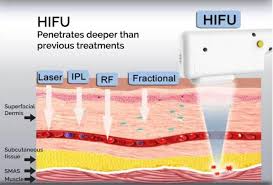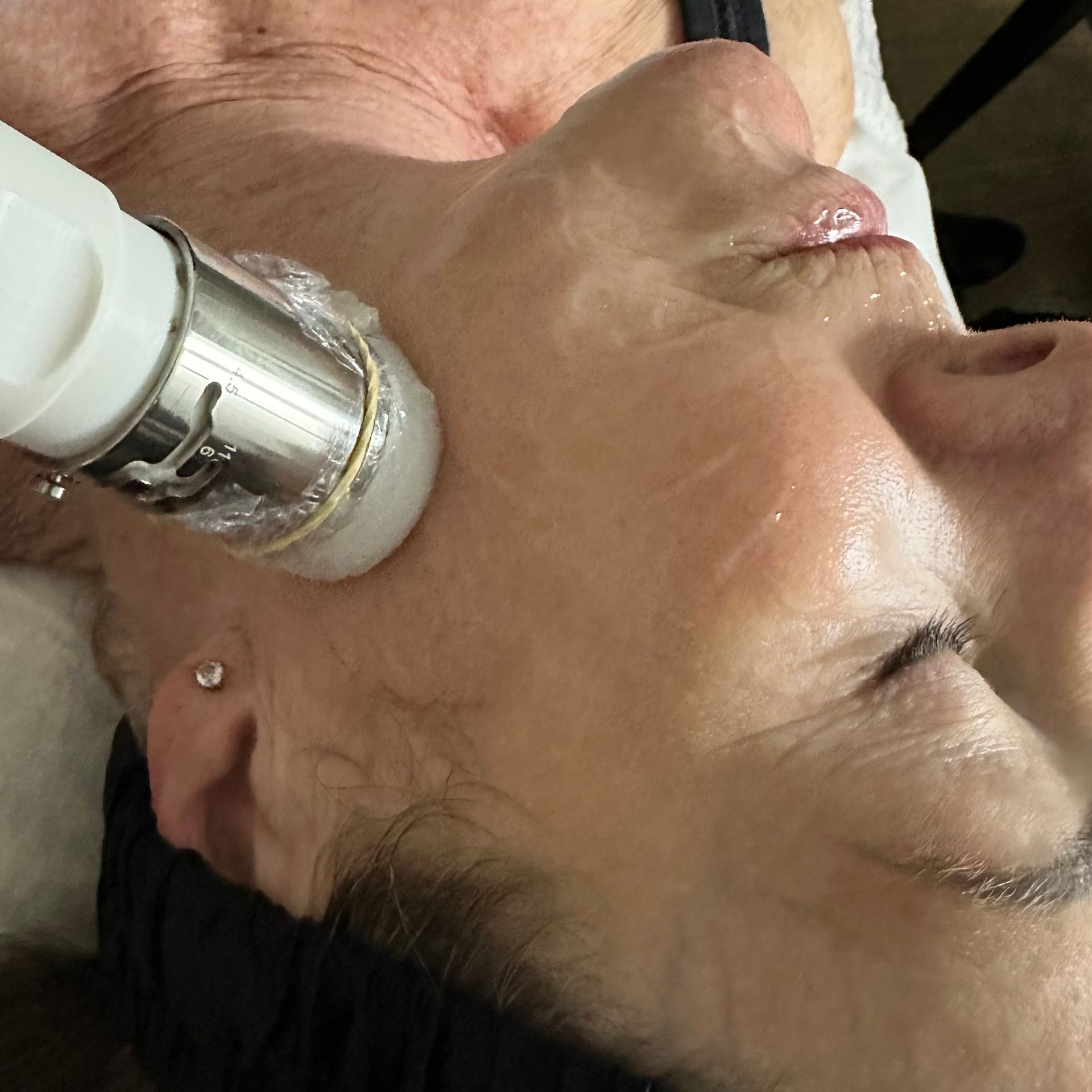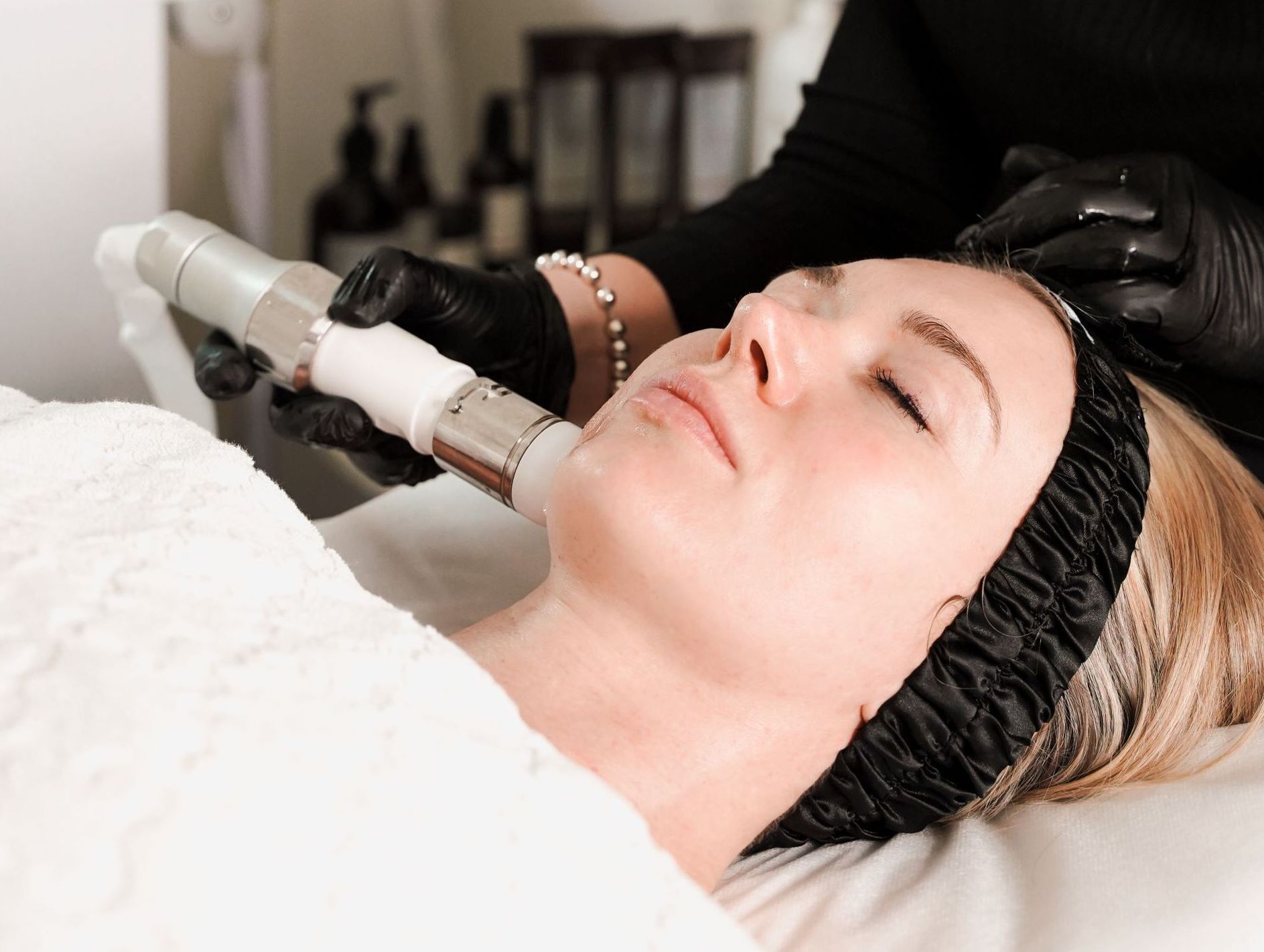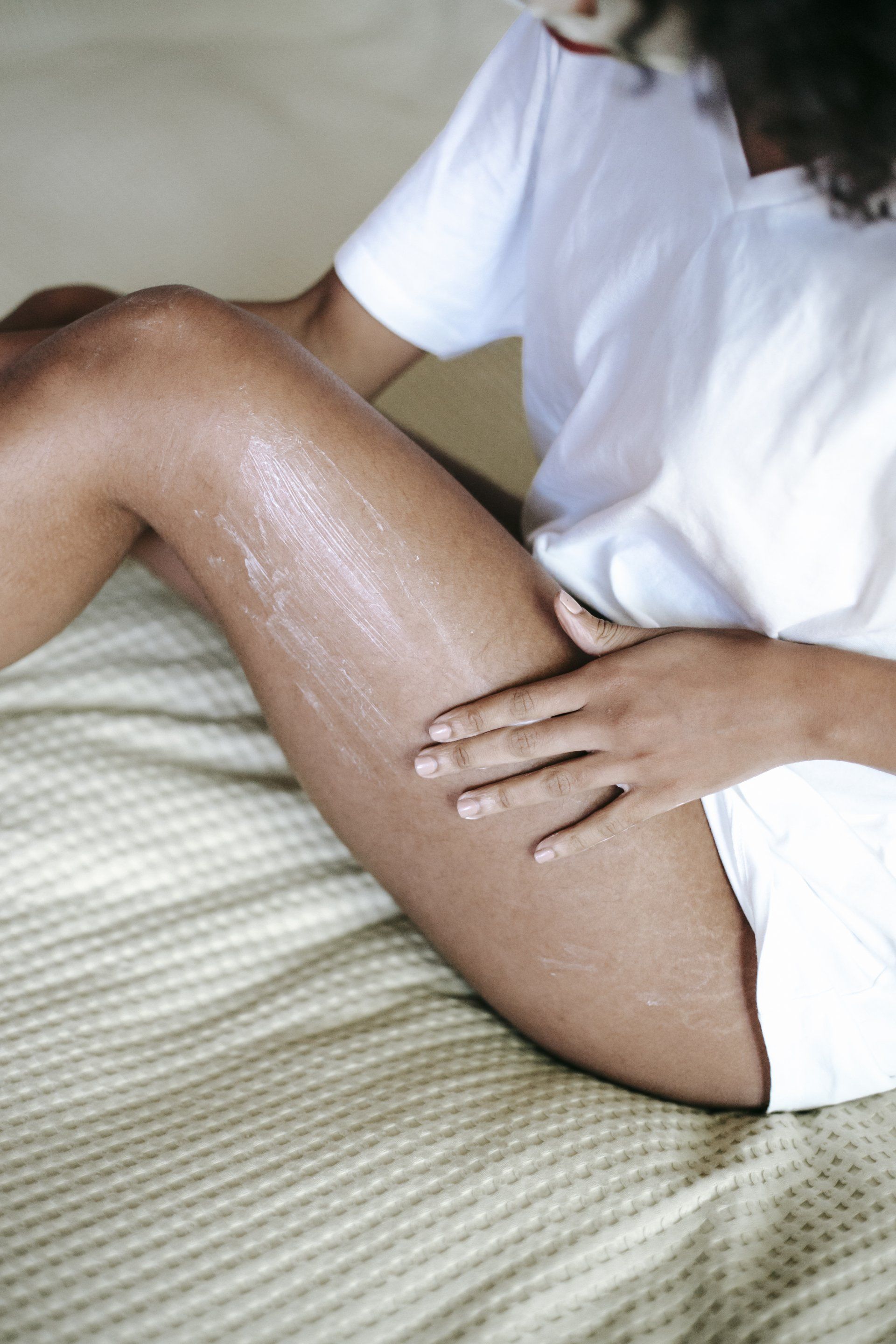What causes hair loss and thinning hair in both Men and Women?
Why am I getting thin hair or losing hair?
Thinning hair can be caused by a variety of factors, and often it's a combination of these factors that lead to the gradual loss of hair density. Here are some common causes of thinning hair:
1. Genetics (Androgenetic Alopecia):
One of the most common causes of thinning hair is hereditary hair loss, known as androgenetic alopecia. This condition is more commonly associated with men, where it's often referred to as male pattern baldness. However, women can also experience androgenetic alopecia, which leads to a gradual reduction in hair volume and thickness over time.
2. Hormonal Changes:
Fluctuations in hormone levels can contribute to thinning hair. This is particularly evident in women during pregnancy, childbirth, and menopause. Hormonal imbalances, such as an excess of androgens (male hormones), can lead to hair thinning and loss.
3. Aging:
As we age, our hair follicles can shrink and produce thinner, shorter strands of hair. This natural aging process is called involutional alopecia and is a common cause of thinning hair in both men and women.
4. Poor Nutrition:
A diet lacking essential nutrients, particularly vitamins and minerals important for hair health, can contribute to thinning hair. Iron deficiency, in particular, is known to cause hair loss. Ensuring a balanced diet rich in vitamins A, C, D, E, zinc, iron, and omega-3 fatty acids can support healthy hair growth.
5. Stress:
Physical or emotional stress can lead to a condition called telogen effluvium, where a large number of hair follicles enter the resting phase of the hair growth cycle simultaneously. This results in excessive shedding and noticeable thinning of the hair.
6. Medical Conditions:
Certain medical conditions can cause hair thinning as a symptom. These include thyroid disorders (such as hypothyroidism or hyperthyroidism), autoimmune diseases (like alopecia areata), and scalp infections (such as ringworm).
7. Medications:
Some medications, such as those used for cancer, arthritis, depression, heart problems, and high blood pressure, can have the side effect of hair loss or thinning. If you suspect medication is causing your hair loss, it's important to consult with your doctor.
8. Hairstyling Habits:
Excessive use of heat styling tools (like flat irons and curling irons), tight hairstyles (such as ponytails, braids, or buns), and chemical treatments (like hair dyes, relaxers, or perms) can damage the hair shaft and lead to breakage and thinning.
9. Environmental Factors:
Exposure to pollutants, UV radiation from the sun, harsh weather conditions, and chlorinated or salty water can all contribute to weakening the hair shaft and causing thinning.
10. Overprocessing and Harsh Hair Care Products:
Frequent coloring, bleaching, perming, or using harsh shampoos and styling products can strip the hair of its natural oils, leading to dryness, breakage, and eventual thinning.
It's essential to identify the underlying cause of thinning hair to determine the most effective treatment or management approach.
Consulting with a dermatologist or healthcare provider can help in diagnosing the cause and developing a personalized plan to address thinning hair. Early intervention is often key to slowing down or reversing the effects of hair loss.











